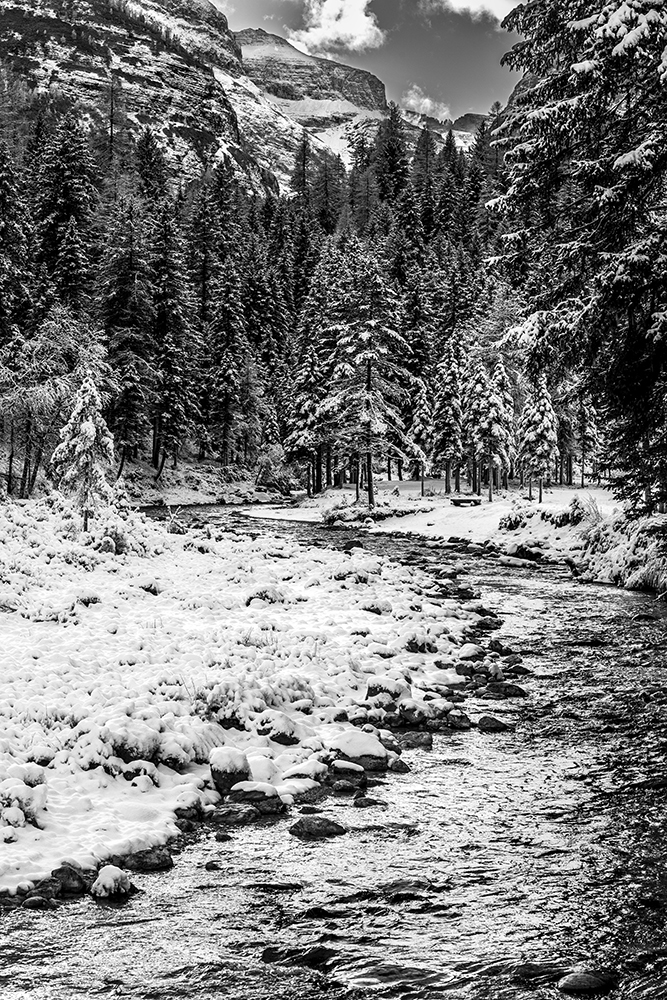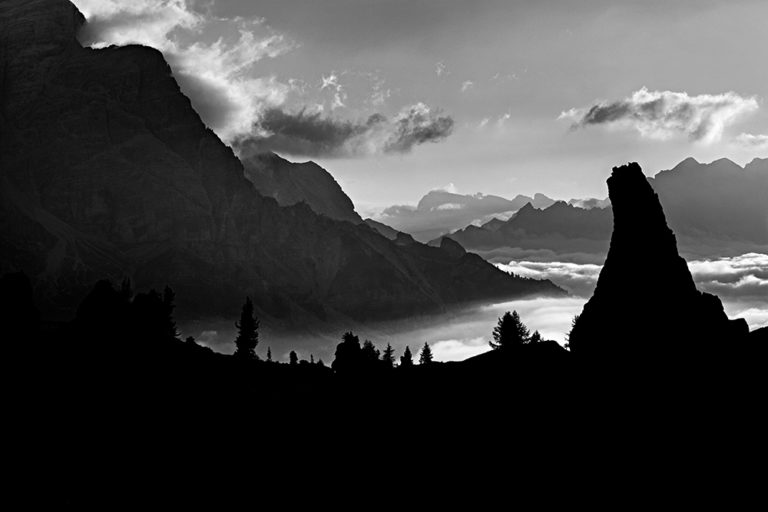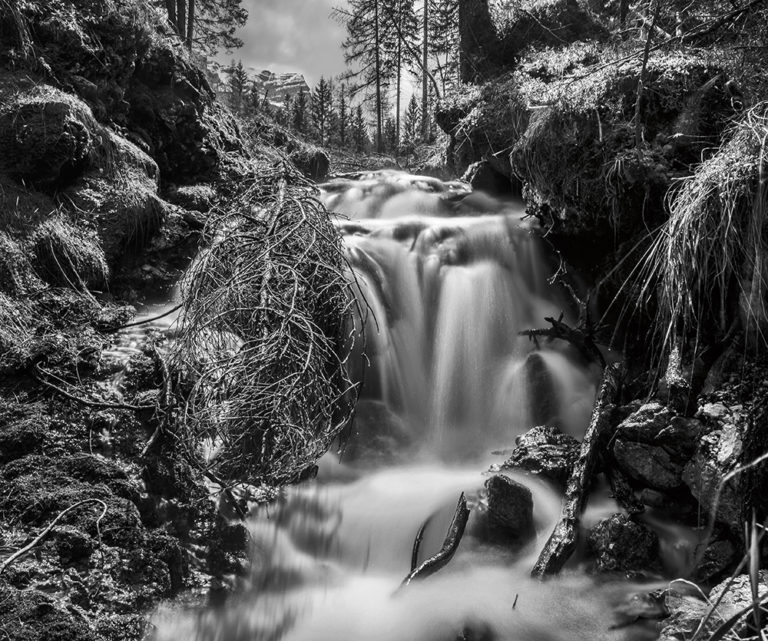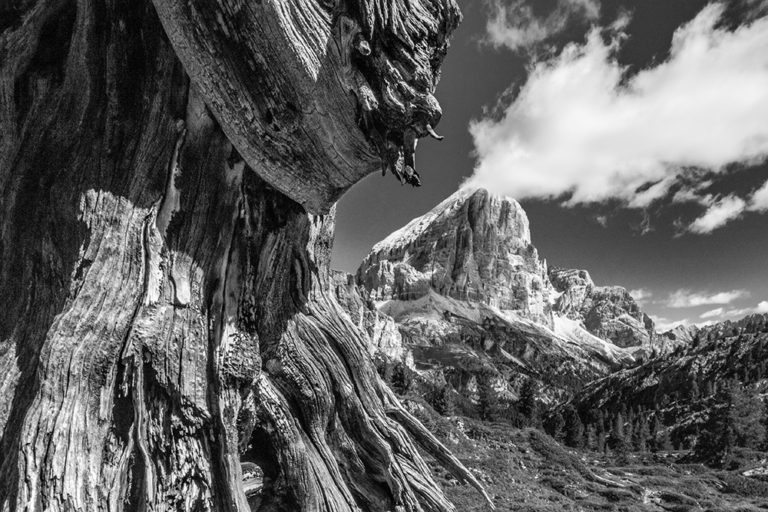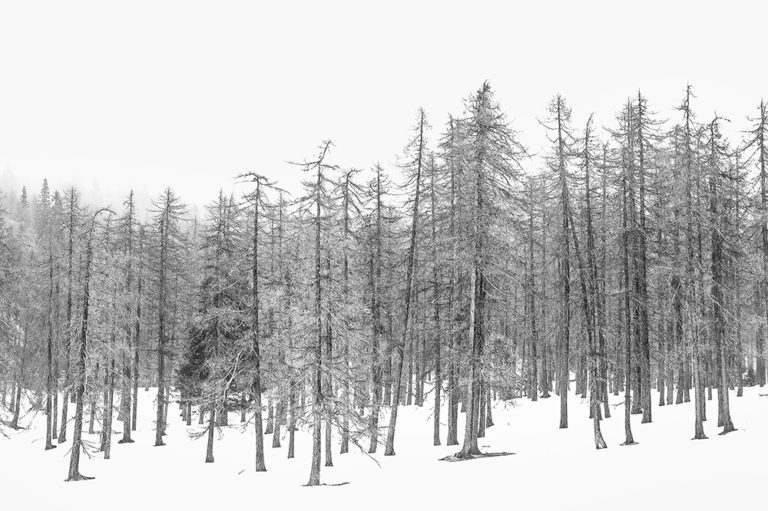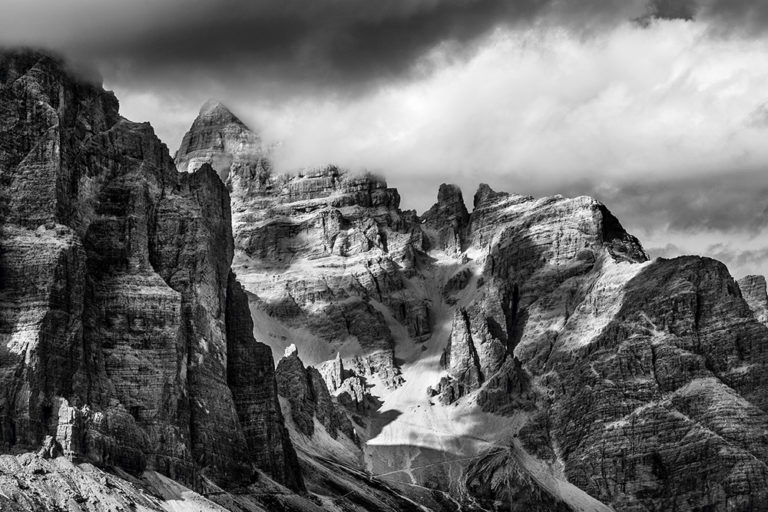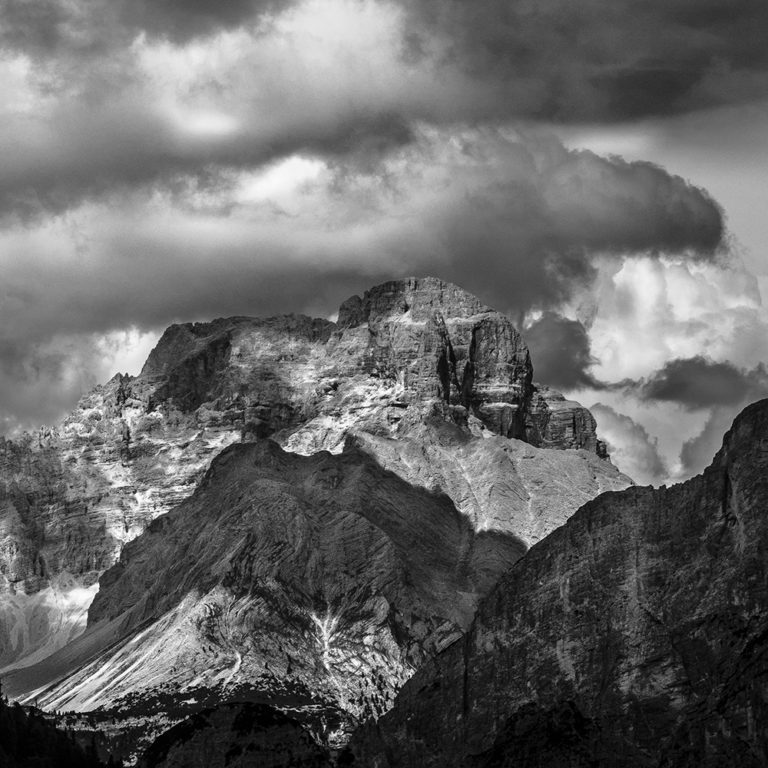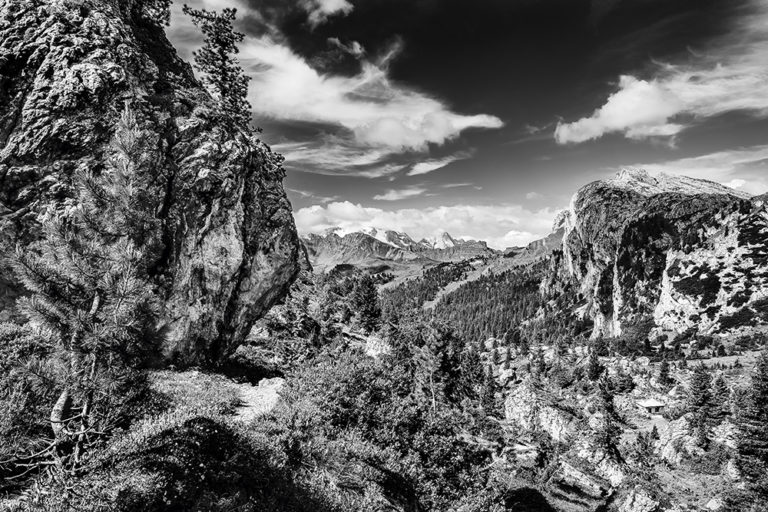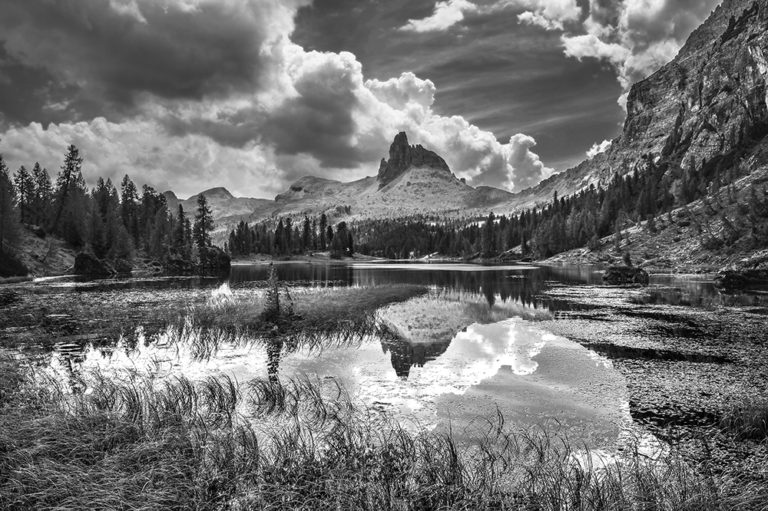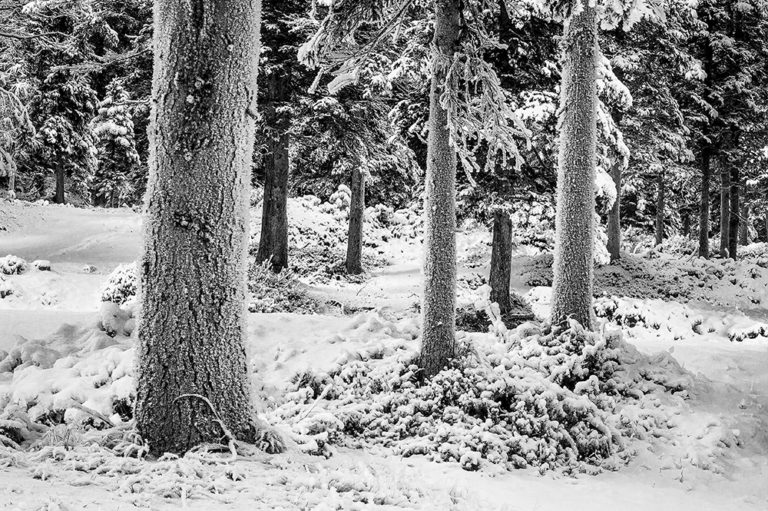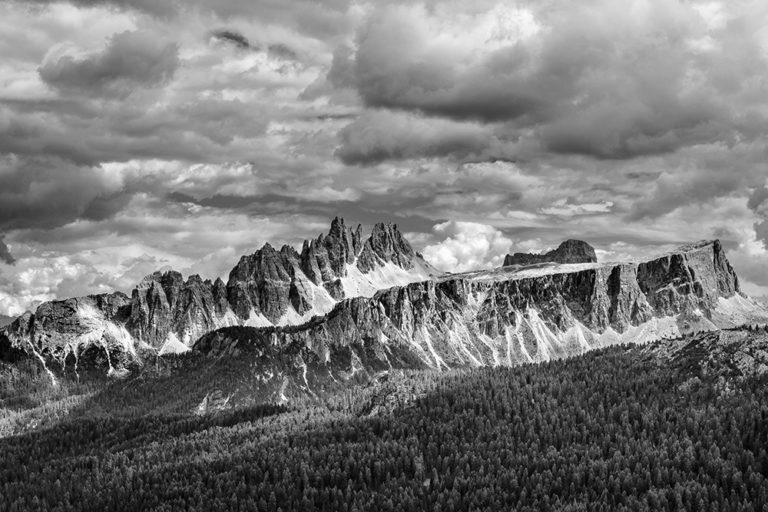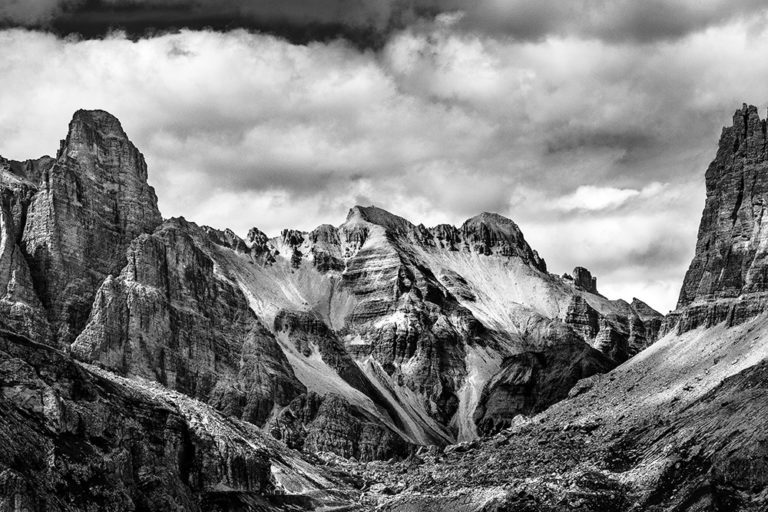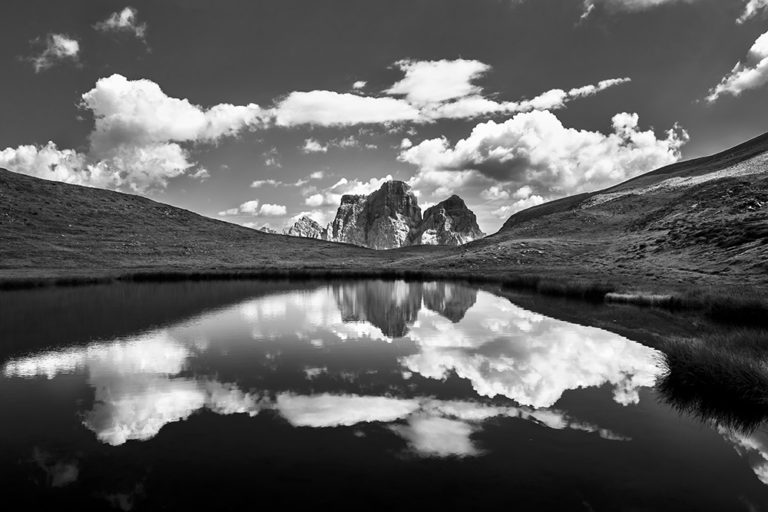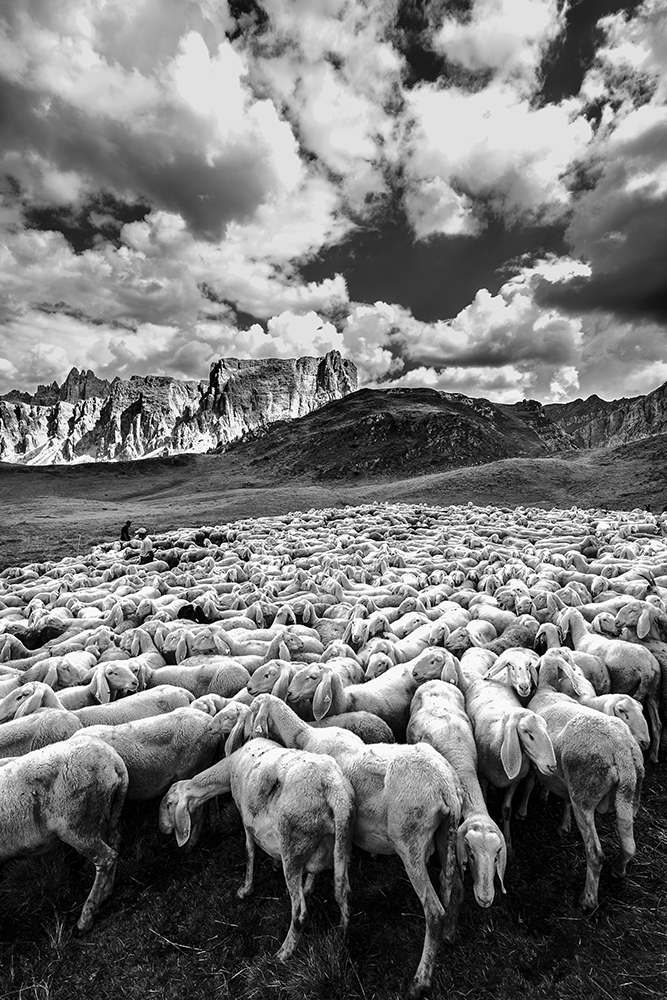
It is strange how some places get under your skin, despite there is no ancestral connection that might bond you to them.
On the other hand, this happens in the human nature, we call it “love”. My story among these mountains starts early, I was just 3 months old, I moved my first steps right on these paths. I spent my life on these paths for nearly half a century, but I am, and always will be a foreigner, a “foresto” as they luckily call whoever is not from these places, whoever is not from Ampezzo.
A nickname that seems to look at you from above, but if you know the history, everything can be seen under a different light. These places reached us just in this way, despite having changed hands many times during the centuries. The respect and the care for the woods and the mountain pastures dates to 578 a.C. and the target to make the survival possible through the collective use of the territory.
The community in Ampezzo has been handed down the productive and conservative use of the territory from father to son for more than 1500 years. The idea of this project was born on these climbs, travelled in the usual silence, forgetting the distances of the peaks that surround me. What is the objective reality when the senses are in a state of conflict?
I tried to focus on that optical illusion that, in a few moments, makes you distant from the time. I am talking about that pleasant feeling of disorientation that you can experiment when you watch out of a train window: you don’t know if it is you who is moving or the person in the next platform. I began reflecting about time, the time that we really perceive: “in 70 years they will talk about us as a.@ – d.@” – I said to myself.
In the last 50 years we went from typing a letter, put a stamp on and post it (sure of a quick reply in about 10 days) to writing an email and expect for a reply in 10 minutes. In 1978 we had 3 news channels that broadcasted 26.000 hours of content every year, nowadays the “60 minutes” have risen to 1.000.000. There is no doubt that this acceleration led us to live in speed in which it is quite impossible to notice the details that, in my opinion, represent the real taste of things. I decided to stop there right in that moment, precisely in the middle of that space, in that UNESCO heritage, also deciding that it would be me, again, to set my own timetable.
When I observe these landscapes, I can sense a “calm chaos”. Their uniqueness is in the geological structure of the mountains that create the Dolomites of Ampezzo. In the Triassic times (250 – 201 million years ago) they were coral cliffs divided by narrow stretches of sea. This particularity, during the millenniums, had identified every single mountain, making them different from the common mountainous chains. These monads of dolomitic rock, that can be more majestic or less, are spread without any particular order on different levels, each of which creates a focal surface of the image.
The prospective on one side, the sun and the clouds that draw the light on the other: all this gives us a complex but harmonious image back, with different levels of interpretation and observation. If we add the nature that surrounds these peaks to the “calm chaos” the deed is done. For any photographer this is like going back to childhood and finding themselves in a toy shop on Christmas Eve.
If you have taught to your look to be curious, you can recognise Renaissance glimpses that seem to be drawn by Leonardo, Japanese prints from the 1800 beloved by Van Gogh, abstract Expressionism’ examples or black and white framings typical of John Ford’s movies.

